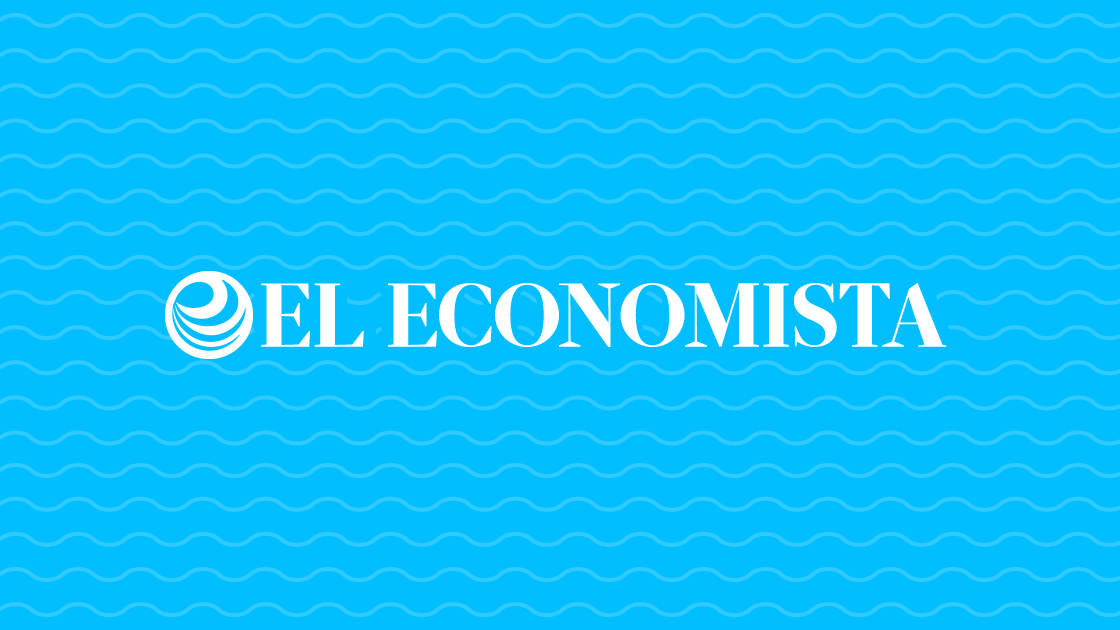The big concern for regulators is systemic risk – when one or two providers dominate all of a country’s retail digital payments, then commerce could be devastated if something goes wrong. The only solution is to have multiple providers, bridges and technologies in the payments sphere.
CHICAGO – Digital payments are attracting growing interest with surprising numbers, as evidenced by the recent valuation of US payment processor Stripe at $ 95 billion. Why so much enthusiasm? because right now?
One reason is simple: digital payments allow buyers to pay sellers without the need to exchange physical currency. Although it is a technology available for a long time, it is finally becoming easier to use in low-value retail payments. In addition, the pandemic accelerated the adoption of digital payments because people began to use e-commerce, and tried to avoid bills and coins in their regular purchases.
Digital payments also generate real-time data on sellers’ operations, when cash flows occur, and consumer buying habits. This enables payment providers to offer credit, savings, wealth management, collections, insurance, and other financial services. While credit was once the way to attract customers and offer a collection of financial services, payments may be a more secure channel for those kinds of upsells.
But a provider that only handles a fraction of a customer’s payments has only a partial view of their behavior. Payment providers, therefore, ambition to control all means of payment: bank accounts, digital wallets, credit cards, cryptocurrencies, etc. And e-commerce and social media platforms want to go one step further and combine their powerful data collection engines with payments.
With almost absolute knowledge of user behavior, providers can cater to all customer needs (directly or through their partners) and make sure they stay with them in the long term, because the cost of seeking services similar with other providers will be excessive. This link does not have to be purely exploitative: a business that employs a provider for a wide range of services may receive more credit offers, because it is less likely to risk losing those services due to a default.
There was also a lot of buzz about cryptocurrencies (which are just one of the forms of digital payment and usually require an initial exchange of fiat currency, such as the US dollar, to buy them). A cryptocurrency such as bitcoin offers obvious benefits as a means of payment because, unlike fiat currencies, it does not run the risk of loss of value due to excess issuance (since its offer is fixed) and allows a decentralized verification of payments that eliminates the need to trust the other parties involved and the government or regulators.
But there are barriers to the use of bitcoin: its value is not managed by a Central Bank, so it can fluctuate violently; Businesses, except those run by fervent believers, prefer not to hold coins whose value can fluctuate 10% on a daily basis; and bitcoin transactions are expensive and inefficient, due to its decentralized verification process. By some estimates, the annual electricity consumption required to verify bitcoin transactions exceeds that of a medium-sized country. It is hard to imagine that such an environmentally damaging process will be tolerated indefinitely.
Other cryptocurrencies have a fixed value, because they are tied to currencies like the dollar and fully backed by cash reserves. It’s easier to use those “stablecoins” for payments, but, like other traditional means of exchange, they rely on (annoying) regulators. Although some stablecoins tried different payment verification methods than bitcoin, none managed to become the new “flagship app”.
Cryptocurrencies are, then, something that is still being worked on. By design, bitcoin solves the lack of trust in fiat currencies, central banks and governments, but – beyond the paranoid, criminal and terrorist communities – that is not a widespread concern. This could change if more people become convinced that central banks intend to devalue fiat currencies, or if the world is divided into blocs led by the United States and China that distrust the currency or foreign payment systems.
A cryptocurrency focused on reducing transaction costs in difficult payment situations, such as cross-border or low-amount exchanges, would have more immediate utility. For example, a voracious but eclectic reader could make micropayments for every article they read online, without having to subscribe to a bunch of expensive publications. Also promising are smart contract proposals that would provide automatic payments when a verifiable condition is met (thus eliminating the need to rely on humans).
In any case, the emergence of a dominant provider of digital payments, cryptocurrencies, or some other product or service would create significant public policy dilemmas (for example, if it could be entrusted with obtaining and managing customer data ). Due to Facebook’s history of privacy and data management issues, the stablecoin it proposed (Libra, later renamed Diem) was met with skepticism by financial regulators. For its part, Europe made a first attempt to regulate the use of data with the General Data Protection Regulation, but that law will have to be adjusted to take into account advances in the field of digital payments.
A related problem has to do with antitrust laws. Would a payment provider dealing with all business services, including e-commerce and logistics, have excessive market power? The recent tensions between Chinese regulators and Ant Group are to some extent related to fears that e-commerce platforms like Alibaba (Ant’s parent company) are leveraging their market power – expanded through payments – to limit the competition. One solution in this case would be the creation of public payment bridges, such as the Unified Payment Interface of India (where key payment services are available to all who want to use them and are not controlled by a single private entity).
But perhaps the biggest concern for regulators is systemic risk: When one or two providers dominate all of a country’s retail digital payments, commerce could be devastated if something goes wrong. Advances in cryptography (thanks to quantum computing) can disrupt existing digital verification schemes and public bridges, while increasing competition, can concentrate risk. The only solution is to have multiple providers, multiple bridges, and multiple technologies in the payments sphere.
Central banks are evaluating whether it is convenient for them to participate in the field of digital payments, they fear losing control over payments if physical cash becomes redundant, that the private sector makes mistakes or that other central banks beat them out of hand. Central bank digital currencies would ensure state presence in payments, but here too data and risk would be concentrated, and difficulties could pose to the viability of private digital payments.
The author
Raghuram G. Rajan, former Governor of the Reserve Bank of India, is Professor of Finance at the Booth School of Business at the University of Chicago and the author, most recently, of The Third Pillar: How markets and the state leave the community behind. .
Copyright: Project Syndicate, 2020
–


